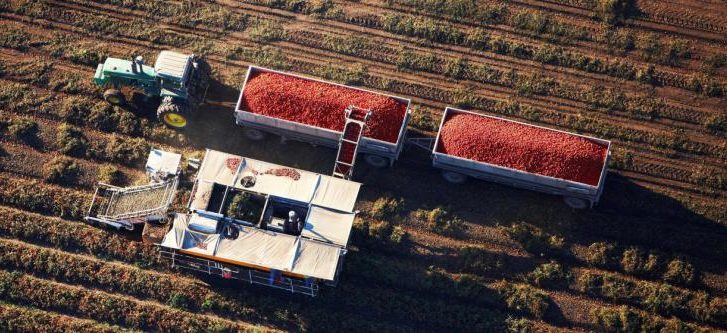
What can save the planet from hunger? Given the challenges ahead, we would be very useful crops that tolerate hot and dry climate. Do not be redundant and plants were resistant to fungus and infections, as well as of agriculture, have high energy value. It would be great if the fruits of these plants will be able to lie in warehouses for months without loss of properties and decay.
Such culture in the near future may give humanity
This technology promises to revolutionize, providing fast, easy and accurate achievement of the objectives of genetic engineering.
In recent years, CRISPR is increasingly being used to improve agricultural production. For example, Chinese scientists succeeded in creating varieties of wheat that are resistant to powdery mildew. Japanese researchers have increased the shelf life of tomatoes, turning on and off genes responsible for their maturation. British experts were able to improve vskhodimost barley seeds. Other studies have greatly improved properties potatoes, soybeans and rice.
How does it work? Scientists compared the use of CRISPR with a «find and replace» in a text editor. The technology involves finding the right gene and subsequent editing, which can include removing the gene, its «repair» or, in some cases, supplement.
«CRISPR — one of the most powerful tools in the hands of biologists. It is the most gentle form of plant breeding of all people ever created «- writes Stephen S. Hall (Stephen S. Hall) in Scientific American
Rapid adoption of technology due to the fact that US regulators have not included obtained with the help of the variety in the category of genetically modified organisms (GMOs). The US Department of Agriculture has taken this decision because CRISPR does not involve the introduction of genes into the plant, borrowed from other organisms.
European regulators intend to make a decision on the issue during the year.
«Control bodies CRISPR equated to agriculture products, the improvement which is achieved by conventional methods, for example using chemical mutagens or gamma rays. This solution is very advantageous for business. If production attributed to the GMO, on all sorts of coordination would require five and a half years and $ 35 million. This means that the use of CRISPR can not only large enterprises but also small companies «, — told the magazine Scientific American biologist Danil Wojtas (Daniel Voytas)
Source: http://www.ctrlhelp.com/genetic-engineering-against-food-crisis-5153.html


